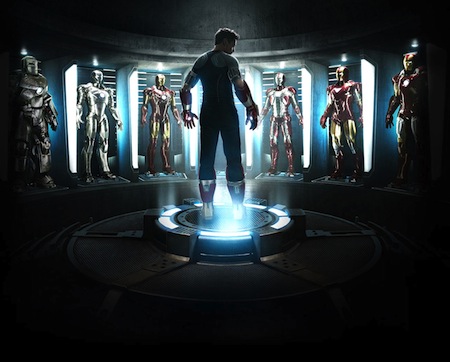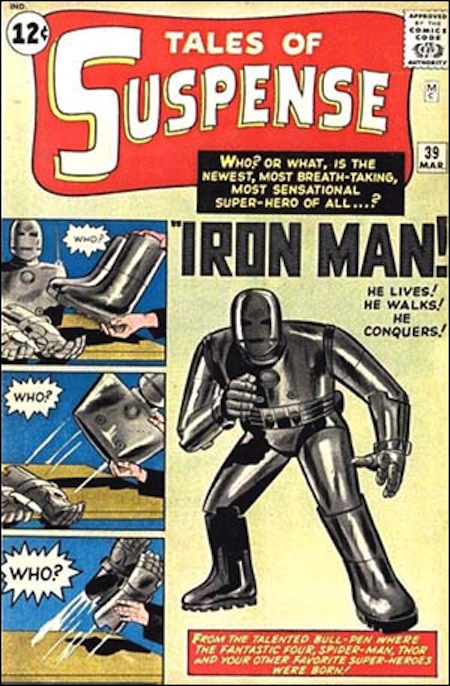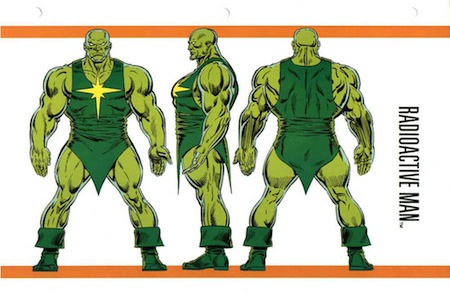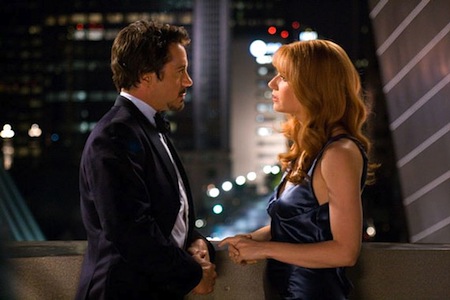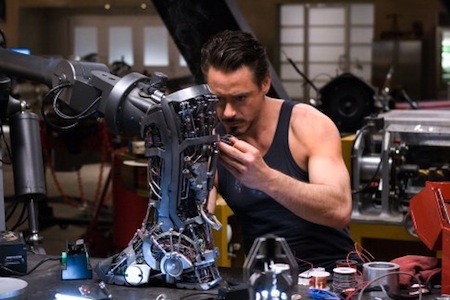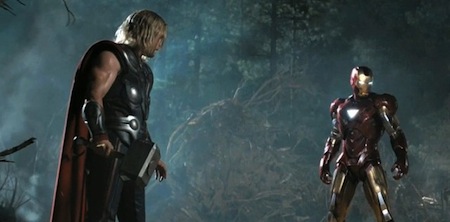Iron Man: The Man, The Myth, The Legacy
As in the previous two motion pictures Iron Man 3 will star Robert Downey Jr. and Gwyneth Paltrow, featuring daring heroism, dangerous villains, and even more of the sarcastic humor we have come to love. But beyond the Iron Man media franchise, what do we really know about Iron Man? The man? The myth? The legacy? Why is there such a fan following for this character to a level of popularity that rivals Batman and Spider-Man?
Stan Lee created Marvel’s iconic super hero Iron Man, who first appeared in 1963 on the pages of “Tales of Suspense” (Issue #39). Iron Man had his solo comic book debut with “The Invincible Iron Man” (Issue #1) in May of 1968. Toying with the idea of a businessman character, Lee created Tony Stark, a billionaire playboy torn between his life as an arms manufacturer and his alter-ego as a technologically empowered superhero.
“I think I gave myself a dare. It was the height of the Cold War. The readers, the young readers, if there was one thing they hated, it was war; it was the military…So I got a hero who represented that to the hundredth degree. He was a weapons manufacturer, he was providing weapons for the Army, he was rich, he was an industrialist…I thought it would be fun to take the kind of character that nobody would like, none of our readers would like, and shove him down their throats and make them like him…And he became very popular.” Stan Lee
In the earliest stories, Iron Man was unquestionably a product of the cold war. Our capitalist hero frequently faced villains like the Radioactive Man or the Mandarin; champions of Chinese communism. However, the early political implications of Iron Man have since been reduced in favor of an engagement with future technologies. Over the past two decades, the comic series has used Stark’s ongoing modification of the Iron Man armor as a vehicle to explore issues of artificial intelligence, cybernetics, trans humanism and nanotechnology.
The Man
Anthony “Tony” Stark was born to Howard Anthony Stark and Maria Collins Carbonell, owners of the prominent US firm, Stark Industries. At the age of 15 Tony entered the undergraduate electrical engineering program at the Massachusetts Institute of Technology (MIT), and graduated with two master’s degrees by age 19. Tony went to work for Stark Industries, but showed more interest in living an irresponsible playboy lifestyle than using his engineering skills. At the age of 21, Tony inherited Stark Enterprises when his parents were killed in a car accident. Tony is not interested in running the corporate empire; he is more interested in building an armored suit. In fact he promotes secretary Virginia “Pepper” Potts to be his executive assistant and left the majority of his workload to her so that he could avoid what he saw as a burden. While in a war zone after attending an international field test of one of his military hardware Tony is wounded and kidnapped. Tony shares a cell with Ho Yinsen, a world-famous physicist and together they build a suit that would help keep him alive. He later uses the suit to protect the world as Iron Man.
The Myth, the Legacy…
Iron Man is a fusion of technology and man, a human computer. He is the cool, calm, collected, multi-billionaire genius everyone wishes to be with all the gadgets we wish we had. Digging deeper still, Tony Stark and his alter ego, Iron Man are the reflection of our culture and an example of our obsession and dedication to future technology. Once confined to the pages of comic books, Iron Man now operates through films, news articles, video games, official movie websites and official Facebook pages. But at the end of the day the Iron Man phenomena lies in the man himself, his technology and devices like holographic screens, powerful mobile devices, and heads-up display. The technology displayed in both films and comics is real or may become real in the near future. It predicts the evolution of technology where computer systems take human, social and cultural aspects into account, and systems that are likely to be developed within our lifetime.
Immortality
The Iron Man armor serves as a metaphor for technology that promotes the implicit desire for immortality. The main pillar that drives the Iron Man myth is immortality, which is a common theme throughout mythology. More than just living forever, Tony Stark is trying to leave behind a legacy.
“I came to realize that I had more to offer this world than just making things that blow up.” Tony Stark (Iron Man)
He focuses on using technology to drive humanity into the future. In The Avengers, his brilliance allows him to challenge Thor in a physical contest and Loki in a mental one. Just a man, and he stands against two gods on an equal playing field entirely due to his genius. And what is immortality without a fear of mortality? When he was first conceived, he relied on the armor to live. Without it, his heart would stop. Many years later, after a successful heart transplant, he was left wheelchair bound. The armor allowed him to walk, and was eventually replaced with a computer chip. Technology, not mysticism, saved him. Despite his wealth, power and success, he is a very human character, struggling with alcoholism, poor health and poor relationship skills. His flaws make him human, but his genius can make him more than that.
Christophe Chanel
photos courtesy of Marvel Comics, Walt Disney Studios Motion Pictures.

